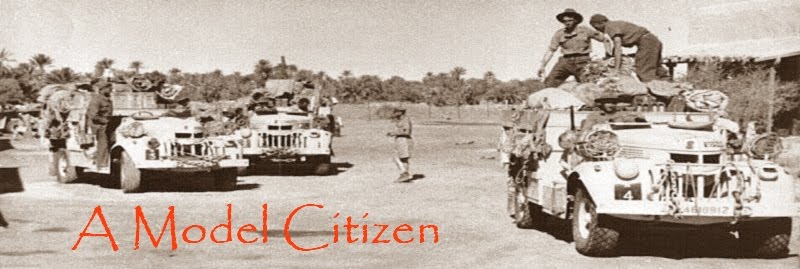As the French army underwent mechanization in the 1920s, the need arose for a small, tracked armored vehicle capable of transporting supplies and weapons to the front lines and towing light artillery. In October 1930, Renault's armored carrier UE was chosen by the French army from several competing designs and production of the first 60 operational vehicles was completed by September 1932.
At 2.8m long, 1.74m wide, and 2.6 tons fully loaded, it was a sturdy, compact design that featured a riveted joint hull construction and a reliable suspension with garter beams supporting the road wheels. The two-member driver/navigator crew was housed in a central compartment, but since their heads protruded from the chassis, special domed-shaped hatches were mounted to augment the carrier's 9mm armor and protect against small-arms fire and shrapnel. A 38hp gasoline engine enabled a road speed of 30km/hr, while over 1 ton of cargo could be carried on the tiltable rear deck and towed trailer. Approximately 4,900 armored carrier UEs were produced until June 1940, including the UE2 variant which featured 4-speed transmission instead of 3-speed, and tow shackles in place of the pig-tailed hooks.
When France capitulated to Germany in June 1940, approximately 3,000 captured armored carrier UEs were pressed into service with German forces, which used them as transports, artillery and aircraft towing vehicles, and as modified self-propelled guns.
--Source: Tamiya


















































